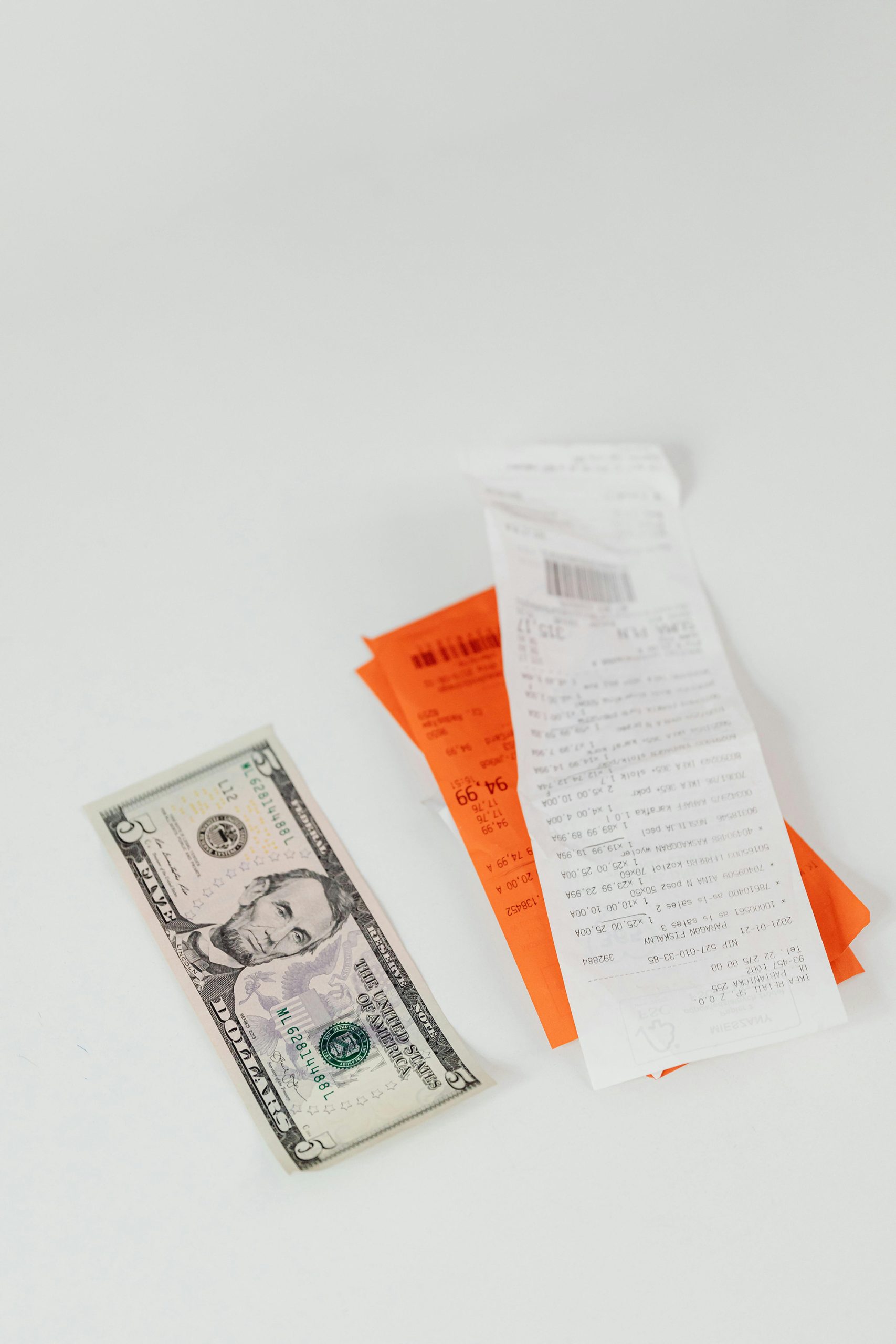How to Build an Emergency Fund on a Tight Budget
Life is full of surprises—some great, others expensive. Whether it’s a car repair, medical bill, or job loss, an emergency fund can be your safety net. But what if you’re already living paycheck to paycheck? The good news is, you can build an emergency fund, even on a tight budget. Here’s how to get started.
Why an Emergency Fund is Non-Negotiable
An emergency fund is your financial buffer against the unexpected. Without one, even a small emergency can derail your finances and force you into debt.
Benefits of an Emergency Fund
- Reduces financial stress
- Helps avoid high-interest debt
- Gives you more control over unexpected life events
Financial experts recommend starting with $500 to $1,000 and eventually building toward 3–6 months’ worth of expenses.
Step 1: Know Your Numbers
Before you start saving, it’s essential to know what you’re working with.
Track Your Spending
Use apps, spreadsheets, or old-fashioned pen and paper to figure out exactly where your money goes each month.
Identify Essential vs. Non-Essential Expenses
Separate needs (rent, food, utilities) from wants (subscriptions, eating out). This gives you a clearer picture of potential areas to cut.
Step 2: Set a Realistic Goal
Don’t get overwhelmed by aiming too high right away. Start small and scale up.
Short-Term Goal
Aim for a $500–$1,000 emergency fund to begin. This can handle minor emergencies and build your confidence.
Long-Term Goal
Once you’ve hit the short-term mark, work toward saving 3–6 months of living expenses for true financial security.
Step 3: Make Saving Automatic
Saving doesn’t have to be complicated—automate it so you don’t have to think about it.
Open a Separate Savings Account
Keep your emergency fund out of sight and out of mind. Consider a high-yield savings account if possible.
Automate Transfers
Even $10–$25 per week adds up. Automating your savings ensures consistency and removes the temptation to skip it.
Tip:
If you’re just starting your journey, check out our Budgeting blog posts and learn how building a budget can work for you.
Step 4: Cut Costs Without Feeling Deprived
You don’t have to live on rice and beans to save money. A few simple tweaks can free up cash.
Cancel Unused Subscriptions
Audit your streaming services, app subscriptions, and memberships.
Cook More Meals at Home
Even just reducing takeout by one or two meals a week can save $100+ a month.
Shop Smarter
Use coupons, shop sales, and consider generic brands when grocery shopping.
Step 5: Find Creative Ways to Boost Your Income
If cutting costs isn’t enough, look for ways to bring in a little extra.
Side Hustles
Consider freelancing, pet sitting, tutoring, or driving for delivery services.
Sell Unused Items
Clothes, electronics, and household items can bring in quick cash via Facebook Marketplace, eBay, or local consignment shops.
Step 6: Use Windfalls Wisely
Tax refunds, bonuses, birthday money—these are golden opportunities to boost your emergency fund.
Allocate a Portion
Even if you treat yourself a little, try to put at least 50% of any windfall directly into savings.
Building an emergency fund on a tight budget isn’t easy—but it is possible. Start small, stay consistent, and celebrate every milestone. Your future self will thank you for every dollar you save today.
Similar Articles
Disclosure: Some of the links on this page are affiliate links, which means I may earn a small commission if you make a purchase through them—at no extra cost to you.

